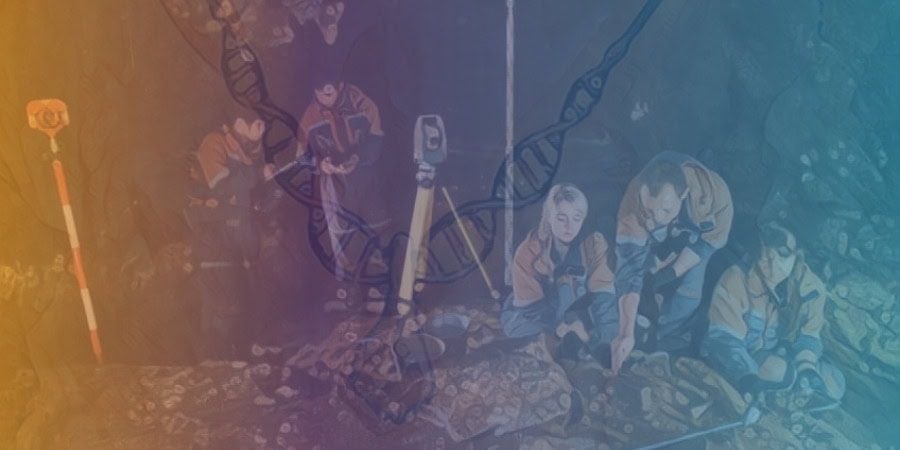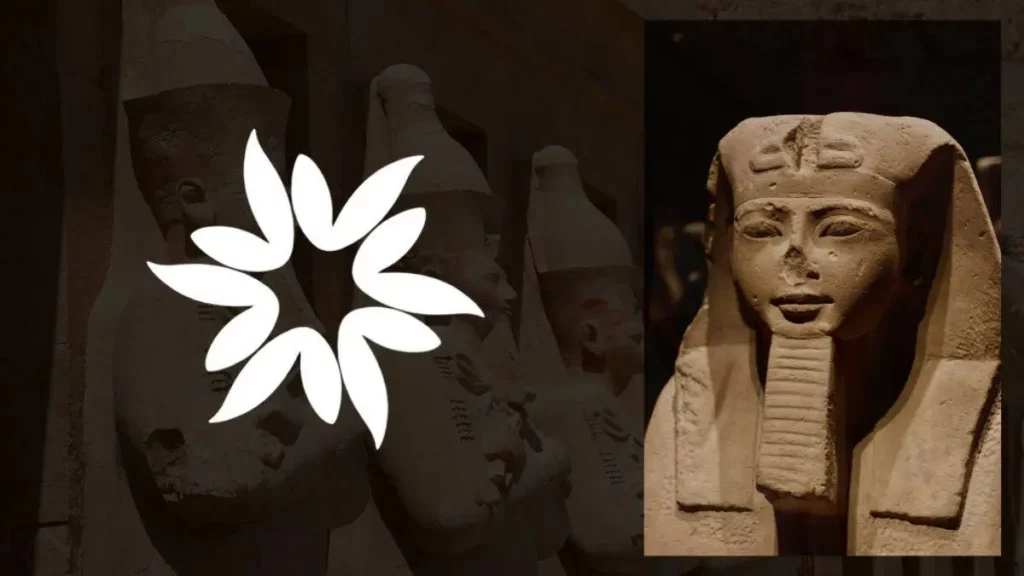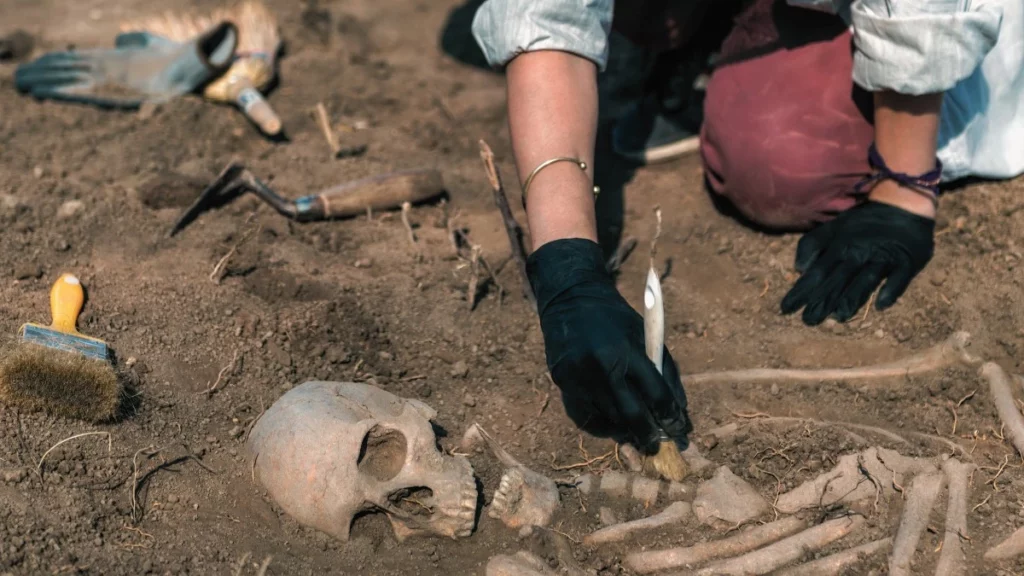Key Takeaways
- Scientists from the Max Planck Institute for Evolutionary Anthropology have used a new phosphate-based method for DNA extraction to identify the owner of a 20,000-year-old elk tooth pendant, marking the first time a prehistoric artifact has been linked to a specific individual through genetic analysis.
- This groundbreaking study offers new possibilities for understanding prehistoric societies, shedding light on the division of labor between sexes, social roles, and even the culture and behavior of early humans.
- The successful application of this new method in extracting ancient DNA from artifacts has far-reaching implications for the field of archaeology, enabling researchers to directly link cultural objects to specific individuals and study Paleolithic societies in greater depth.
Scientists from the Max Planck Institute for Evolutionary Anthropology in Germany have successfully identified the owner of a 20,000-year-old elk tooth pendant using a novel, non-destructive method for extracting ancient DNA.
This achievement marks the first time a prehistoric artifact has been linked to a specific individual through genetic analysis.
The findings, published in the journal Nature, open new doors for understanding the lives of ancient people and the cultures they belonged to.
Revolutionary DNA Extraction Method
The researchers developed a new phosphate-based method for DNA extraction that ensures the preservation of artifacts, including microstructures on their surface.
The technique isolates DNA present in skin cells, sweat, and other body fluids absorbed by porous materials such as bones, teeth, and tusks.
According to lead author Elena Essel, the process is akin to a “washing machine for ancient artifacts,” where they are immersed in a liquid that releases DNA without damaging the objects.
This innovative approach to ancient DNA extraction allows scientists to study the artifacts without risking their integrity.
Marie Soressi, an archaeologist from the University of Leiden and the study’s senior archeologist, emphasized the importance of preserving the surface structure of Paleolithic bone and tooth artifacts, as they provide valuable information about their production and use.
Overcoming Modern Contamination
Initially, the researchers encountered difficulties in identifying ancient human DNA due to contamination from modern handlers of the artifacts.
However, focusing on freshly excavated material, which had been handled using gloves and face masks, significantly reduced the levels of modern DNA contamination.
The breakthrough was achieved with a deer tooth pendant excavated from Russia’s famous Denisova Cave in 2019.
The pendant, estimated to be between 19,000 and 25,000 years old, was found to have belonged to a Stone Age woman who was genetically closely related to a population of hunter-gatherers living in a part of Siberia east of the cave site.
It is still unknown whether the woman made the pendant herself or simply wore it.
Scientists from the Max Planck Institute for Evolutionary Anthropology in Germany have successfully identified the owner of a 20,000-year-old elk tooth pendant using a novel, non-destructive method for extracting ancient DNA.

Unlocking Prehistoric Social Roles
The identification of the pendant’s owner opens up new possibilities for understanding prehistoric societies.
The ability to link objects with specific individuals could shed light on the division of labor between the sexes, social roles, and even whether artifacts were made by our species or other hominins living in the same area.
Such information could provide critical insights into the culture and behavior of early humans.
This groundbreaking study also highlights the potential of genetic tools to answer long-standing questions about our ancestors.
Essel described her fascination with objects from the deep past, as they allow us to “open a small window to travel back and have a glance into these people’s lives.”
The researchers now hope to apply their method to many other objects made from bone and teeth in the Stone Age to learn more about the genetic ancestry and sex of the individuals who made, used, or wore them.
Implications for Future Research
The successful application of this new method in extracting ancient DNA from artifacts has far-reaching implications for the field of archaeology.
By enabling researchers to directly link cultural objects to specific individuals, the technique offers a unique opportunity to study Paleolithic societies in greater depth.
This could lead to a better understanding of early human cultures, social structures, and the complex interactions between different hominin species that once inhabited the Earth.








